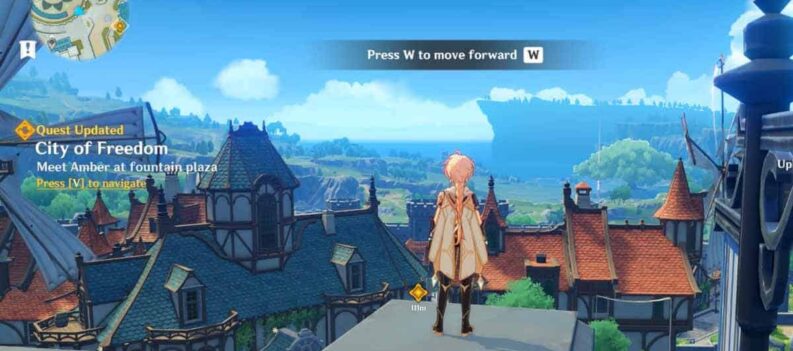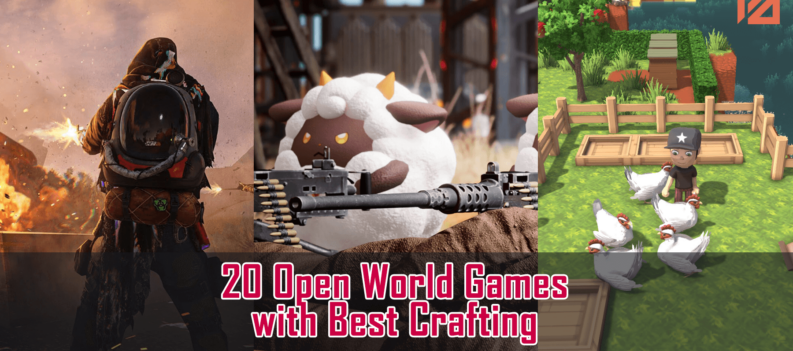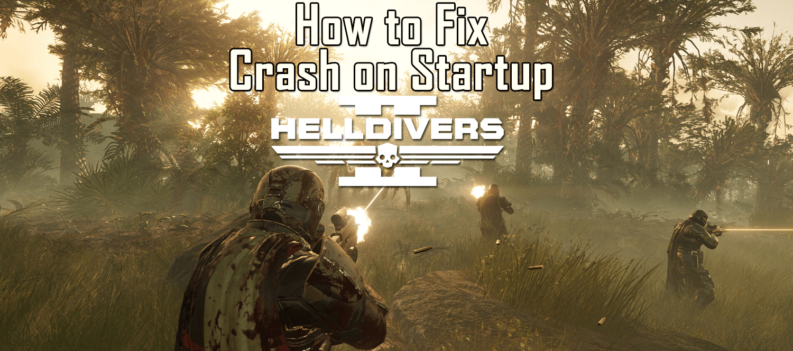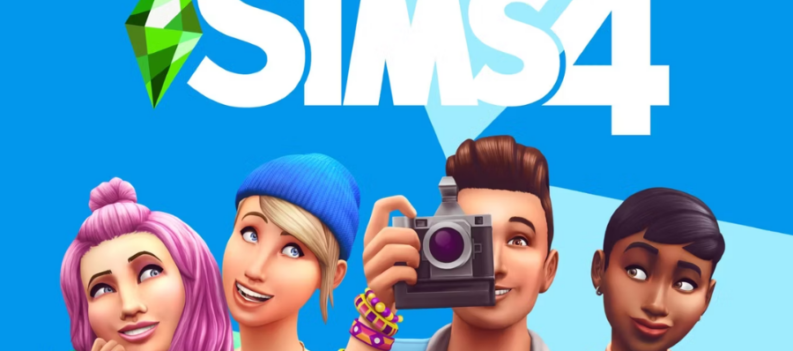Those that know me will be the first to tell you – I would struggle to punch my way out of a wet paper bag. But what are computer games if not pure, undiluted escapism? Cobra Kai: The Karate Kid Saga Continues is exactly that, and being a child of the 80’s it is quite the double-whammy – not only do I get to imagine that I could punch my way out of that bullying paper bag, but I could do it while pretending to be the Karate Kid at the same time.
If that opening doesn’t make you sit up and take note, I don’t know what will. Cobra Kai is based on the Netflix (formerly YouTube Red) series of the same name, with a storyline that compliments the series nicely. With the series as a backdrop, Cobra Kai is a fairly decent side-scrolling beat ’em up, in the style of Streets of Rage and Final Fight. In fact, Cobra Kai does a pretty decent job of living up to these lofty comparisons, and it wouldn’t be amiss in an arcade cabinet of its own.
All the characters from the series make an appearance, and it is fun seeing them as they are introduced in-game. Starting off, you get to choose which Dojo you want to play as, with certain characters locked to their respective Dojo. Want to play as Miguel, or Jonny the original big bad (or depending on your outlook, hero) from The Karate Kid? Choose Cobra Kai. If you fancy playing as Daniel-San or Robby Keene, then Miyagi-Do is the one for you. Each Dojo serves as a base of operations, offering upgrades to both your character and the Dojo itself while looking like the respective Dojo from the TV show. On that note, this is limited to a simple static screen – don’t go in expecting to explore Miyagi-Do in the hope of finding where Daniel keeps his Bonsai trees.

How the game handles this choice between Dojos is fairly well done. Having picked from one of two opposing Dojos, you start the game as either Miguel or Sam playing as Cobra Kai or Miyagi-Do respectively, and while the levels play out similarly this choice is then reflected in the story as it is now told from their (opposing) viewpoint. This also means that to get the true ending, you need to play the game twice, with a run through as each Dojo. This opposition is further solidified in that each Dojo has unique perks and abilities based around two elements – Cobra Kai using fire to attack, while Miyagi-Do uses ice. What this means is that if a fighter is from Cobra Kai, their special attacks deal fire damage, while those from Miyagi-Do use ice-based attacks.
Combat is fun and easy to get into. Punches can be thrown with square, kicks with triangle, and mixing these up allows you to chain attacks together and perform certain moves, racking up combos and charging your abilities. Enemies have certain attacks and vulnerabilities too, and mashing buttons and hoping for the best will only get you so far. Dodging and timing attacks is key, and while mastering this isn’t too tricky to pull off, you soon feel like a badass when you start racking up some hefty combos.
Characters can be switched out on the fly once you have met them during the course of the story. Each character handles slightly differently and comes with their own set of moves that utilise their ability depending on which dojo they are from. Sam, for instance, has a starting move were she blasts an iceberg at her opponents, while Miguel utilises an uppercut that leaves fire in its wake. Each character has an additional three moves that can be purchased using their unique skill tree, with Karate Tokens earned from defeated enemies. Additionally, your Dojo offers up abilities that are shared across your characters, and these can be upgraded too. These moves can be triggered at any point by either pressing R2 or L2 with the respective face button, with a few seconds cool down in between uses.
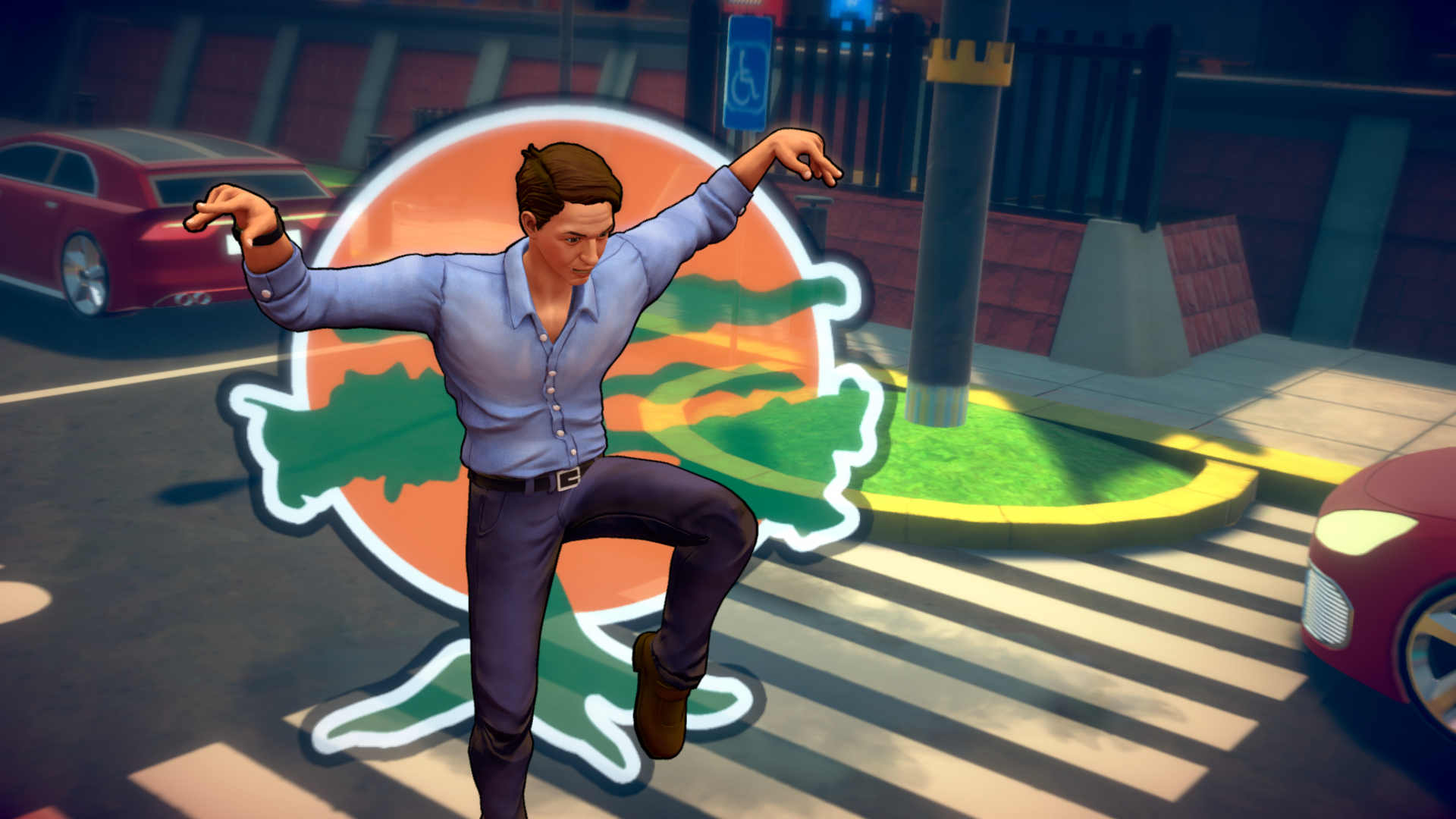
Alongside each characters unique skills, each one has their own Ultimate ability that can be triggered using L2 and R2 – naturally, Daniel’s is the fabled Crane Kick, that when completed leaves a trail of ice in its wake. Each ability and Ultimate move feel powerful and are satisfying to pull off, without making you feel overpowered.
Upgrading your abilities is something that I found to be surprisingly addictive. Defeating enemies causes them to drop Karate Tokens, with the better combos scoring you more. These tokens are then used to upgrade your abilities, something that can be done by visiting your respective Dojo between levels and choosing the stats you want to beef up. Each character has their own skill tree that can be tinkered to suit your playstyle -funnily enough, I found I focused on attack with my Cobra Kai characters, upgrading those skills that upped my damage while focusing on defence with my Miyagi-Do characters. The game doesn’t steer you in this direction even though upgrades vary between characters and Dojos, I just felt that it was the right way to take each character – plus, I’m certain Mr Miyagi would approve.
Your Dojo is your hub, allowing you to upgrade each character and access challenges that can be completed for additional rewards, such as permanent stat upgrades or more coins. Cobra Kai has nailed this reward loop, and I was quickly sucked in by how satisfying it was to upgrade each character and unlock new abilities. I found myself replaying levels as my characters progressed to score bigger combos or to complete certain challenges to unlock more stuff and make my characters stronger, all in my desire to be the best (around, nothings gonna ever keep you down).
In typical arcade fashion, you move from left to right, with enemies coming at you from both sides. It is here that Cobra Kai sometimes falls down as enemies move around the play area, as sometimes attacks are harder to land than they should be. This is largely down to the analogue stick, which often feels clunky making movement feel a bit stiff as you try to keep up. This is a very minor complaint, but I did find myself getting frustrated a couple of times when I either used a special ability that missed its mark or I lost a hard-earned combo because I was hit by an enemy I should have just kicked in the face.
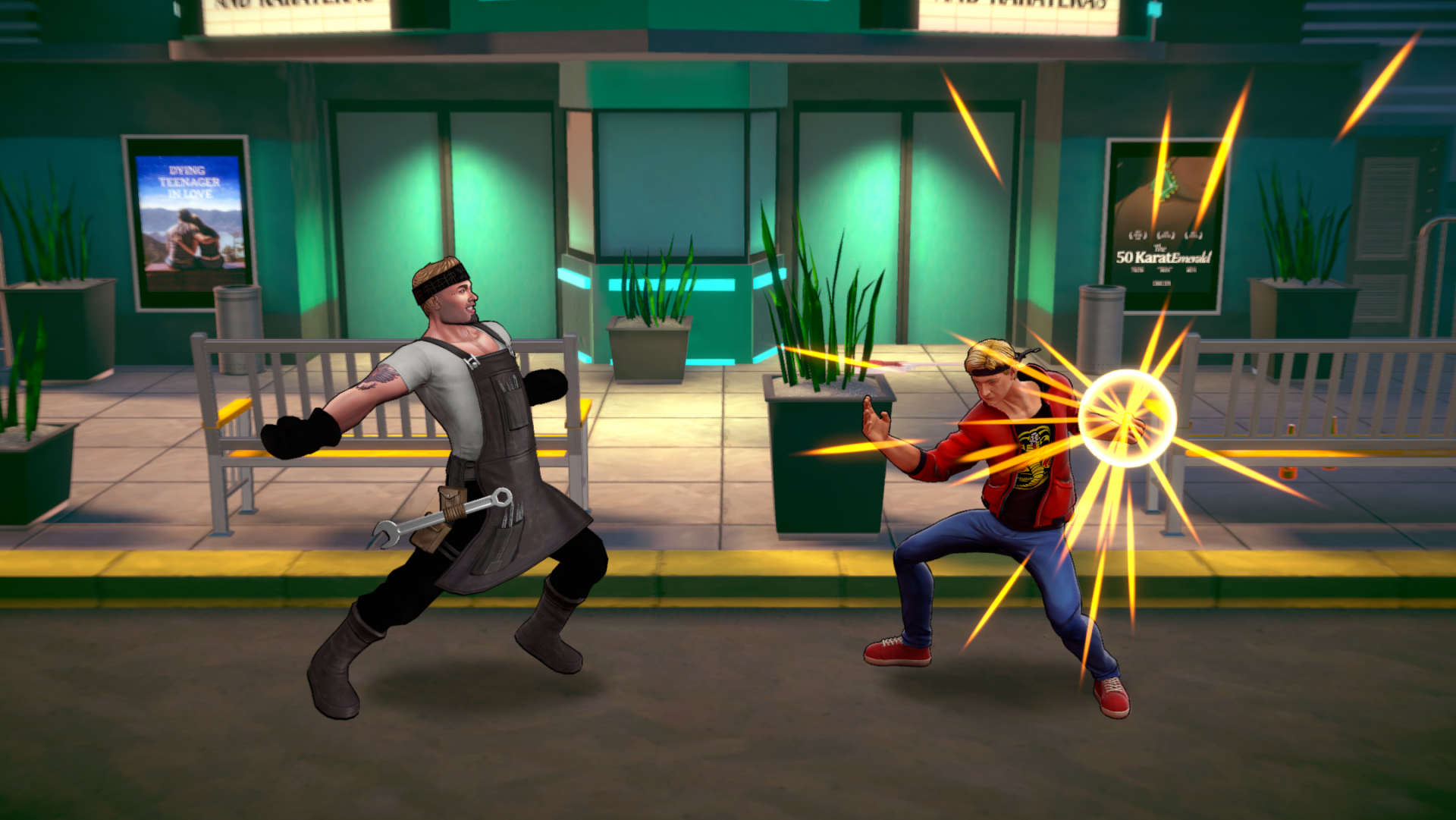
Cobra Kai does offer couch co-op, with a second player able to jump in on an additional controller, although I didn’t play this way while carrying out this review. I could see this being a fun addition, provided the camera doesn’t get too tricky as you and your buddy split up.
Having recently watched the series on Netflix, there was a lot I found myself enjoying while playing Cobra Kai, and I was surprised at the depth that it offers. While not being the most complicated game to play, it is fun and easy to pick up, while offering challenges as an extra level of difficulty should you want it. Cobra Kai doesn’t take itself too seriously, and I found this, and its animated art style, managed to compliment the show nicely, with the actors from the show returning to do the voice-over work. It is easy to imagine the game as an unofficial series, even if it is slightly silly at times. For what it is, Cobra Kai is an enjoyable arcade game that surprised me with how much I enjoyed it, and it is sure to tide me over until Season 3 launches in January.
Cobra Kai: The Karate Kid Saga Continues PS4 Review
-
Overall - Very Good - 7.5/107.5/10
Summary
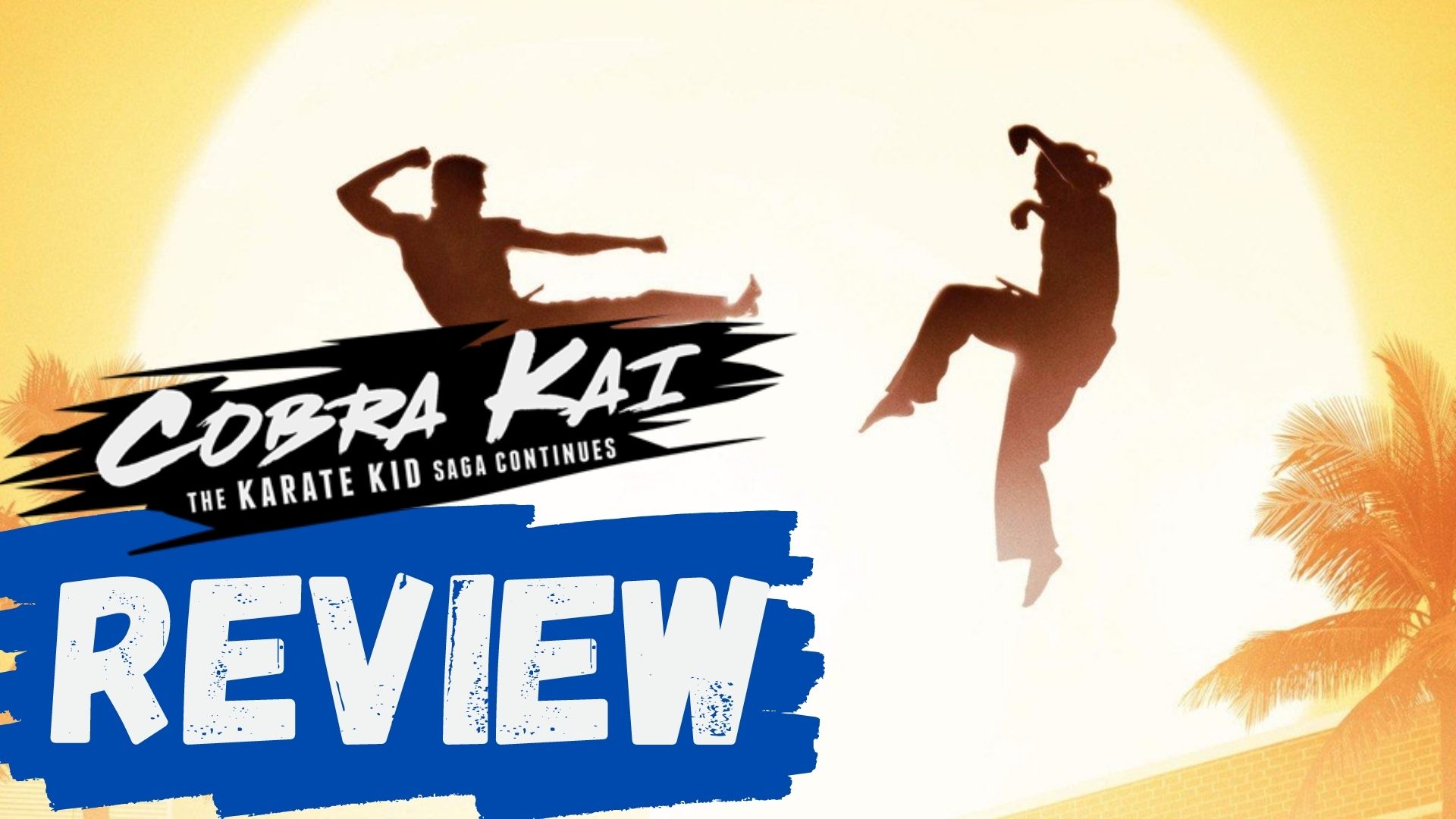
Cobra Kai is a decent little beat ’em up that offers up a surprising level of depth. Decent animation and voice acting help to deliver a game that compliments the TV show it is based on nicely, and fans of the genre will love the old skool callbacks and references that the game delivers.
Review Disclaimer: This review was carried out using a copy of the game provided by the publisher. For more information, please read our Review Policy.
Reviewed using a base PS4.


